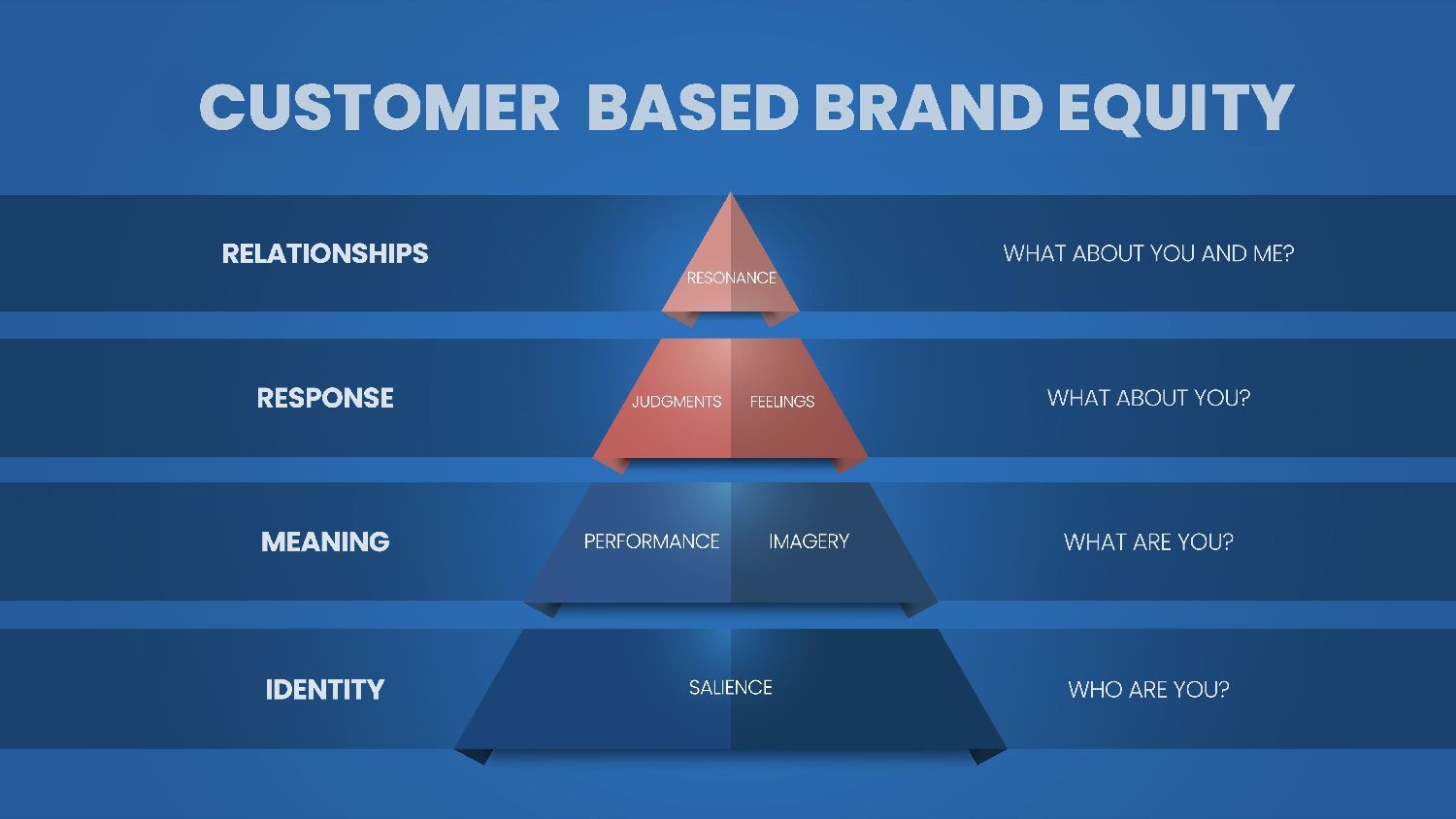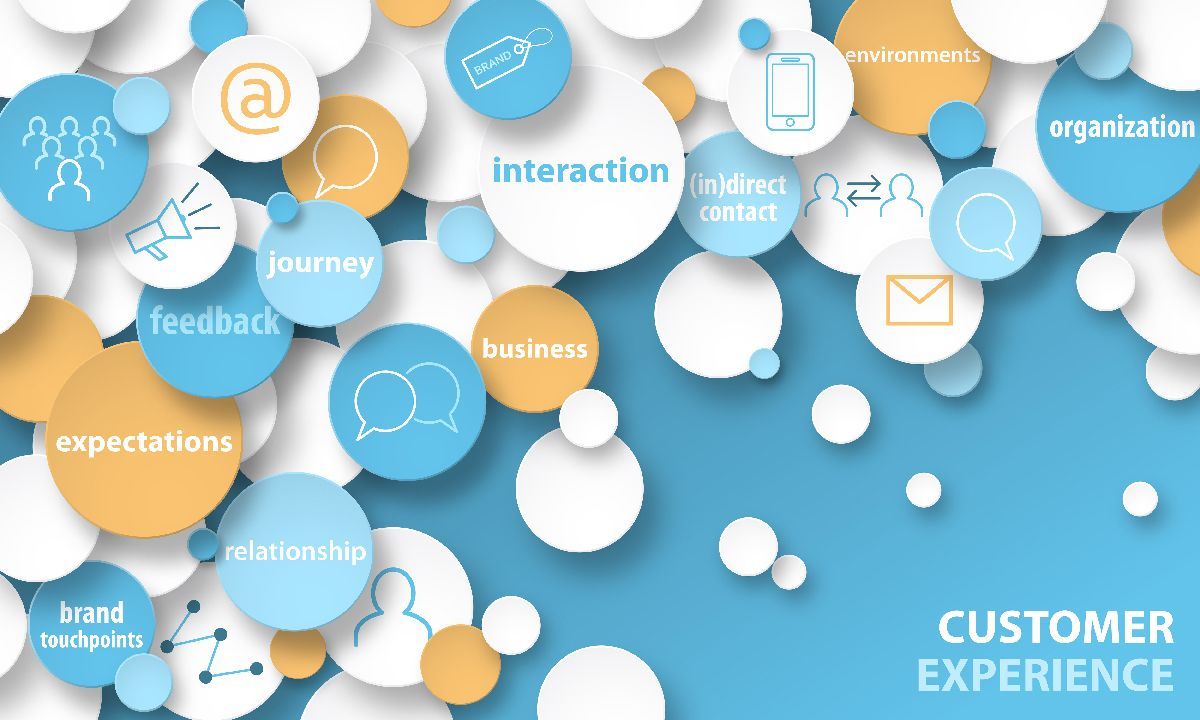CUSTOMER EXPERIENCE (CX): Building Rewarding Business Relationships
In today's interconnected world, customer service is no longer a one-size-fits-all proposition. Customers, both internal and external, seek more than just a product or service; they crave meaningful connections and positive memorable experiences. We believe that the true key to sustained success lies in the ability to form meaningful relationships by genuinely understanding others and evolving beyond transactional thinking.
Our approach focuses on empowering your entire team and optimizing your systems and processes to build rewarding business relationships that transform interactions into lasting partnerships and loyal advocates.
Why Traditional Customer Service Falls Short.
The Challenge: A Disconnect in the Digital Age
The 21st-century customer is often frustrated and disillusioned by a lack of genuine connection, as the desire to automate customer service has often overlooked the need to truly understand customer needs. Many companies operate as if customers are bound to them, disregarding the fact that competitors are just a click away. This creates a gap between what customers expect and the impersonal experiences they often receive, stalling progress and eroding loyalty.
Our Approach: Relationships by Design
Unlocking Customer Loyalty Through Deep Understanding.
We believe that meaningful relationships are built on understanding behavior, effective communication, and proactively preventing and resolving conflict. Our training equips your team to not only meet customer expectations but to exceed them, fostering environments where your best performers can truly excel by being emotionally engaged and tuned into their customers' diverse needs. This is a philosophy and culture, not just a department or policy.
The Brand Relationship Pyramid: Building Loyalty from the Ground Up
To foster truly rewarding customer relationships, we work with you to build layers of connection, progressing from basic awareness to deep, resonant loyalty. This framework illustrates how perceptions and interactions combine to create powerful customer-based brand equity.

1. Identity: Salience (Who are you?)
At the base of the pyramid is Identity, focusing on Salience. This is about ensuring your organization is top-of-mind and easily recognized by your customers.
- Are customers aware of you?
- Do they recognize your brand and offerings?
Establishing strong salience means your customers can readily recall your products or services when a need arises, making you a relevant option from the outset.
2. Meaning: Performance & Imagery (What are you?)
Once customers recognize you, they begin to form Meaning around your brand, driven by Performance and Imagery.
- Performance relates to how well your products or services meet customers' functional needs. Is your service reliable? Do your offerings deliver on their promises?
- Imagery is about the intangible aspects – what kind of person uses your services? What values do you represent? This encompasses the emotional and social associations customers make with your brand, often shaped by your communication and the overall customer experience you provide.
3. Response: Judgments & Feelings (What about you?)
Building on meaning, customers form a Response to your brand, characterized by their Judgments and Feelings.
- Judgments are customers' rational evaluations of your brand's quality, credibility, superiority, and consideration. Do they believe you are trustworthy and capable?
- Feelings are the emotional reactions customers have towards your brand. Do they feel confidence, assurance, relief, or a sense of partnership when interacting with your service or solutions? These feelings go beyond functionality and tap into the deeper emotional connections your service evokes.
4. Relationships: Resonance (What about you and me?)
At the pinnacle of the pyramid is Relationships, achieved through Resonance. This is the highest level of loyalty and the deepest psychological bond a customer can have with your brand. Resonance signifies a strong, active loyalty where customers feel a deep sense of connection, kinship, or even attachment to your organization. They don't just choose you; they advocate for you and feel a personal bond, making your relationship truly rewarding and sustained.
FEATURED WORKSHOP: Building Rewarding Business Relationships
Empower your team to foster truly resonant customer relationships.

Cultivating Trust, Loyalty, and Advocacy Through Outstanding Customer Service
BUILDING REWARDING BUSINESS RELATIONSHIPS
In a competitive market, lasting success is measured by the quality of your relationships. This workshop empowers every individual to become a master of connection, fostering environments where customers feel truly understood and valued. By cultivating empathy, refining communication skills, and transforming conflict into opportunities for growth, your team will build unshakeable trust, enhance customer satisfaction, and create loyal advocates who will champion your organization. This leads to improved morale, better resource allocation, and a more enjoyable workplace.
CUSTOMER EXPERIENCE FAQs
1. What is customer experience, and why is it critical for business success?
Customer experience refers to every interaction a customer has with your business—from first contact to ongoing service. It’s not just about satisfaction—it’s about trust, ease, and emotional connection. Inconsistent or clunky CX leads to frustration. Thoughtfully designed CX builds loyalty, referrals, and growth.
2. How is Xsite Creative’s approach to CX different from traditional consultants?
We don’t patch over problems with better scripts or flashier interfaces. We fix the systems beneath the surface. Our CX strategy is grounded in how your business actually runs—not how you wish it did. We align human behavior, operations, and experience so your team isn’t fighting the process.
3. What industries do you specialize in for customer experience consulting?
We work especially well with complex sectors like manufacturing, industrial, tech, and service-driven organizations—where CX often lags behind due to operational silos or legacy systems. If your business feels like it’s “too complicated for customer-centricity,” we’re probably a great fit.
4. We work especially well with complex sectors like manufacturing, industrial, tech, and service-driven organizations—where CX often lags behind due to operational silos or legacy systems. If your business feels like it’s “too complicated for customer-centricity,” we’re probably a great fit.
UX (user experience) is typically focused on how someone interacts with a specific product or interface—like a website or app. CX is bigger: it’s the full arc of someone’s experience with your business. We integrate UX, CX, and service design to create seamless journeys and operational flow.
5. What is journey mapping, and how does it improve CX?
Journey mapping breaks down what your customer sees, feels, and does at each stage of their experience. It highlights pain points and gaps—often showing where your internal systems aren't lining up with your external promises. We use journey maps as both a diagnostic tool and a blueprint for redesign.
6. Can CX improvements actually impact operations and bottom-line results?
Absolutely. Better CX reduces churn, increases efficiency, lowers support costs, and boosts referrals. But even more importantly, it creates alignment—so your team spends less time reacting and more time delivering consistently great experiences.
7. Is customer experience just a job for the front-line staff?
Not even close. Every department impacts the customer experience, whether they realize it or not. We help teams—from the front desk to the back office—understand how their work fits into the bigger picture of CX success.
8. How long does it take to see results from a CX initiative?
It depends on your starting point and goals. We typically run quick-turn assessments in a few weeks and larger experience redesigns over 2–6 months. CX isn’t just a one-time project—it’s a shift in how you see and shape your business.
9. What CX metrics should we be tracking?
The basics include NPS (Net Promoter Score), CSAT (Customer Satisfaction), and CES (Customer Effort Score). But we go deeper—connecting experience data to operational metrics like time-to-resolution, repeat contact rate, and employee alignment.
10. Do you offer CX audits or experience health checks?
Yes. Our CX audits reveal the real reasons customers are disengaging or struggling—whether it’s due to broken handoffs, outdated processes, or internal misalignment. You’ll walk away with clear next steps and no fluff.
11. What’s the difference between customer service and customer experience (CX)?
Customer service is one part of the overall customer experience. CX includes every interaction a customer has with your company—from marketing to onboarding to support. Service happens when things go wrong; CX is everything before, during, and after that moment.
12. Can bad customer service exist even in companies with a good product?
Absolutely. In fact, it’s common. Many companies invest in innovation but neglect the customer-facing systems and support structures. The result? Frustration, lost trust, and negative word-of-mouth. Great service is a competitive advantage.
13. How do you approach fixing customer service issues?
Training helps—but it’s not the only answer. Often, poor service is caused by confusing processes, misaligned incentives, or lack of resources. We focus on service design: rethinking the environment, tools, and structure that support great service.
14. Are your CX services for customer facing employees only?
Every employee impacts CX—even if they never speak to a customer. Great experiences are built behind the scenes, in how teams collaborate, share knowledge, and solve problems. That’s why we design human systems, not just frontline fixes.
15. Can you help us improve customer satisfaction scores like NPS or CSAT?
Yes, but we go deeper. Rather than chasing metrics, we find the root causes of dissatisfaction and misalignment. Improving CX metrics is a byproduct of improving systems, support, and employee empowerment.
16. Do you offer customer service playbooks or frontline SOPs?
We do—and we don’t believe in one-size-fits-all templates. We create customized service guidelines and SOPs based on how your business actually works, so your team has practical, flexible tools to handle real-world challenges.
17. What does “operational alignment” mean in CX consulting?
It means your internal systems support—not sabotage—the customer experience. We align policies, workflows, tech, and roles so that what your team delivers matches what your brand promises. No more disconnects between vision and reality.
18. Is your CX consulting only for large companies?
Not at all. We work with mid-sized and growing companies too—especially in manufacturing, industrial, government, and technical sectors. Our model is scalable, and we’re especially good at untangling complexity in operations-heavy environments.
19. What’s the ROI of improving customer experience and service design?
Improved CX leads to higher retention, reduced service costs, better employee morale, and more referrals. You also get fewer escalations, faster resolution times, and more clarity across departments. It’s not just a feel-good initiative—it’s a growth strategy.
20. Do you help with omnichannel support or digital service design?
Yes. Whether you're managing email, phone, chat, field teams—or all of the above—we help design seamless experiences across every channel. That includes support flow design, escalation paths, and human-centered self-service tools.
21. How can we build a more customer-centric culture?
You can’t just tell people to care more. You have to build systems that support empathy, ownership, and follow-through. We help you evaluate norms and create cross-functional rituals, feedback loops, and accountability structures that make customer-centricity a lived value.
Interested in our services? We’re here to help!
We want to know your needs exactly so that we can provide the perfect solution. Let us know what you want and we’ll do our best to help.




